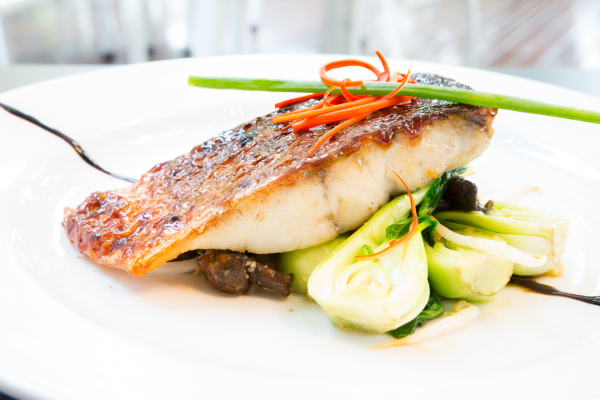Weingut Stadt Krems, 2023
Grüner Veltiner DAC Krems
- Country of origin Austria
- Region Kremstal
- Hue White wines, Pale yellow
- Grapes Grüner Veltliner
- Alcohol content 12 %*
- Drinking temperature 9 - 12°C
- Allergen notice Contains sulphites
-
Article / Unit
-
6x75clCarton
Benefit time and again!
In order to benefit from our customer portal, log in with your access data:
Login
This wine for your assortment: Contact us





 Citrus fruits
Citrus fruits Spicy
Spicy Pome fruit
Pome fruit Fruity
Fruity
